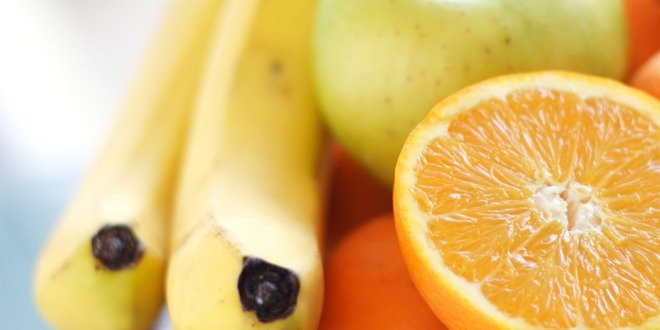
Most people with diabetes are familiar with the glycemic index (GI), which helps you determine which foods may cause your blood sugar to rise after eating. However, the glycemic load (GL) of food is equally important. Read on to learn about GI and GL, and how they can help your meal planning.
Glycemic index and glycemic load – what’s the difference?
The GI rates carbohydrates according to how quickly they raise your blood sugar. Essentially, it tells you how high your blood sugar may rise with certain foods, but it does not tell you how high your blood sugar will rise when you actually eat the food.
This is where the GL comes into play. GL gives you a more accurate picture of how food affects your blood sugar by considering the types of sugar and starches in the food, the way it is prepared (for example, fried or baked), fat and fibre content, serving size and rate of digestion.
The glycemic index – how it works
The GI classifies carbohydrates based on how they impact on blood glucose levels. It specifically ranks how quickly and how high various carbohydrates increase blood sugar – and therefore insulin levels – after eating. Foods with a low GI are digested more slowly, which results in a lower and more gradual change in blood glucose than foods with a high GI.
Low GI foods have a GI below 55; medium GI foods have a GI between 55 and 70; high GI foods have a GI over 70. For examples of low, medium and high GI foods, click here.
The glycemic load – how it works
The GI is based on serving sizes of food that contain 50 grams of carbohydrate – a portion that is not always realistic for a given food. For example, watermelon is considered to be a high GI food, but one slice contains only 6 grams of carbohydrate. The GI reflects the impact on blood sugar after eating more than 8 slices! In order to account for appropriate serving sizes, the GL was created as a more accurate meal-planning tool.
The GL multiplies the amount of carbohydrate in a realistic portion of a given food by its GI. For example, to calculate the GL of one watermelon slice, you multiply its GI (72) by its carbohydrate content (6 grams per serving) and divide by 100. This gives one slice of watermelon a low GL of 4.3.
Low GL foods have a GL below 10; medium GL foods have a GL between 11 and 19; high GL foods have a GL over 20. People with diabetes should choose low GL foods more often. The table below shows which foods have a low GL.
| FOOD AND SERVING SIZE | GL | GI |
| Low GL: | ||
| Cashews, salted (50 grams) | 3 | 27 |
| Milk, skim (250 mL) | 4 | 32 |
| Green peas, average (50 grams) | 4 | 51 |
| Orange, average (120 grams) | 4 | 40 |
| Apple, average (120 grams) | 6 | 39 |
| Pumpernickel bread (30 grams) | 7 | 56 |
| Black beans (150 grams) | 7 | 30 |
| Wheat tortilla (50 grams) | 8 | 30 |
| Moderate GL: | ||
| Navy beans (150 grams) | 9 | 31 |
| Corn tortilla (50 grams) | 12 | 52 |
| Soda crackers (25 grams) | 12 | 74 |
| Oatmeal (250 grams) | 13 | 55 |
| Banana (120 grams) | 16 | 62 |
| Brown rice (150 grams) | 16 | 50 |
| Sweet potato, peeled, boiled in salted water (150 grams) | 18 | 59 |
| High GL: | ||
| Spaghetti, white, boiled (180 grams) | 22 | 46 |
| Cornflakes (30 grams) | 23 | 93 |
| Cranberry juice (250 mL) | 24 | 68 |
| Bagel, white, frozen (70 grams) | 25 | 72 |
| Raisins (60 grams) | 28 | 64 |
| White rice (150 grams) | 43 | 89 |
Adapted from Harvard Health
It is important to remember that there is no concrete evidence that low GI/GL diets reduce weight or provide other healthy long-term outcomes. From a practical point of view, most people eat a variety of foods and not single foods at one time. While a single food may have a low or high GI, a meal may combine foods of a variety of types, which limits the applicability of the GI to the way most people eat.
The important thing to remember is that both GI and GL provide an explanation for the effect of different types of carbohydrate on blood sugar levels. They can be used with other healthy eating tools, such as carbohydrate and calorie counting. Speak to a registered dietitian about how to incorporate GI and GL into your daily food choices.



